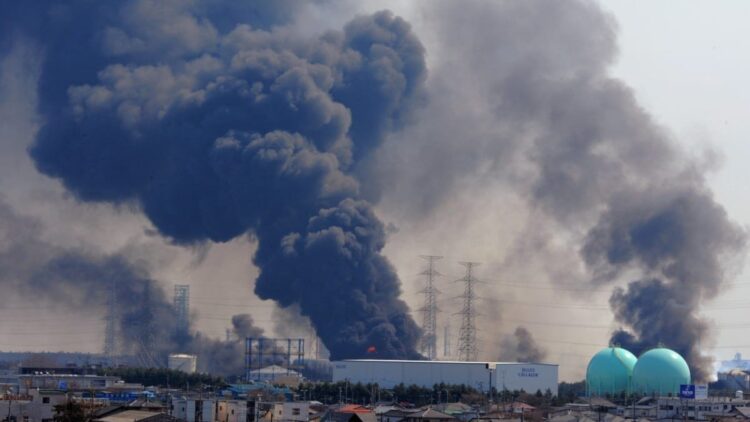The global community is in shock to understand that Japan is planning to revive and restructure its plans towards 2050. Japan is also set out to decarbonize the electricity sector by replacing coal with greener technologies. It is also reported that the Asian country wants to launch an ammonia bomb to halt the global climate crisis.
Why Japan wants to turn to ammonia amid climate crisis
Facing several challenges related to the pollution which Japan produces from coal-fired plants, the Asian country is now betting on the use of new resources in its ecological transition for the generation of renewable energies.
In simple terms, the Japanese are set to carry out innovative projects that incorporate toxic gas to reduce carbon emissions.
Information doing the rounds is that some of these initiatives include the first shipping tugboat, the green ammonia plant in Fukushima and the one that Jera is lighting in Hekinan.
All these ventures are based on the sustainable energy vector hope to mitigate Japan’s enormous amount of emissions, and they are making it the 5th most polluting country, despite its small size.
Will Japan do away with hydrogen?
As things stand, it seems Japan wants to turn to ammonia to do away with hydrogen as a green energy solution.
On top of that, the use of this energy resource as a fuel is one of the bases in Japan to establish its economy and decarbonize it.
EcoNews has it that to this end, the Japanese shipping and logistics company NYK Lines, together with IHI Power Systems, has already launched the first ammonia-fueled tugboat.
“Shipping contributes 3% of the world’s carbon emissions and to meet sustainable targets the International Energy Agency (IEA) suggests that by 2050 hydrogen-based fuels, including this colorless gas, should account for 30% of maritime transport,” reports the publication.
Why ammonia plays an important role in this context? The website published that because ammonia is a direct competitor to hydrogen, it offers substantial advantages in terms of transport, storage and affordability.
However, it must be handled with the utmost safety and care because of its potential toxicity to the environment and humans.
Will Japan combine coal with ammonia?’
Linked with this project, JGC Holdings (Group) says it aims to supply clean Ammonia expected to be introduced into power generation plants in the mid-2020’s, as stated in the “Hydrogen General Strategy.”
It is also expected that green Ammonia production from renewable energy will be commercially introduced in the late 2020s. To realize this scenario, JGC will continue demonstrations to establish an efficient and stable ammonia synthesis method and technology from renewable energy.
According to the news report by EcoNews, a Japanese company is already conducting tests with ammonia. The firm, Jera is also regarded as the leading energy company in the Asian nation as it produces about 30 percent of the country’s total electricity generation.
By doing so, the company also aims to replace 20% of coal for power generation in the first stage, and by 2035 to use 50 percent ammonia in its production. Ultimately, the mission is to develop total ammonia combustion in all power plants by 2050.
Initially, the company opened the tender process for the large-scale import of the energy sector but it is also drawing up a plan to boost the supply chain of zero-emission green ammonia to supply its plants.
Considering Japan’s limited space to implement other renewable energy source structures such as wind and solar, the government and the private sector are betting on hydrogen and ammonia as the most some of the most viable resources to eliminate the carbon footprint and its transition to sustainability.

